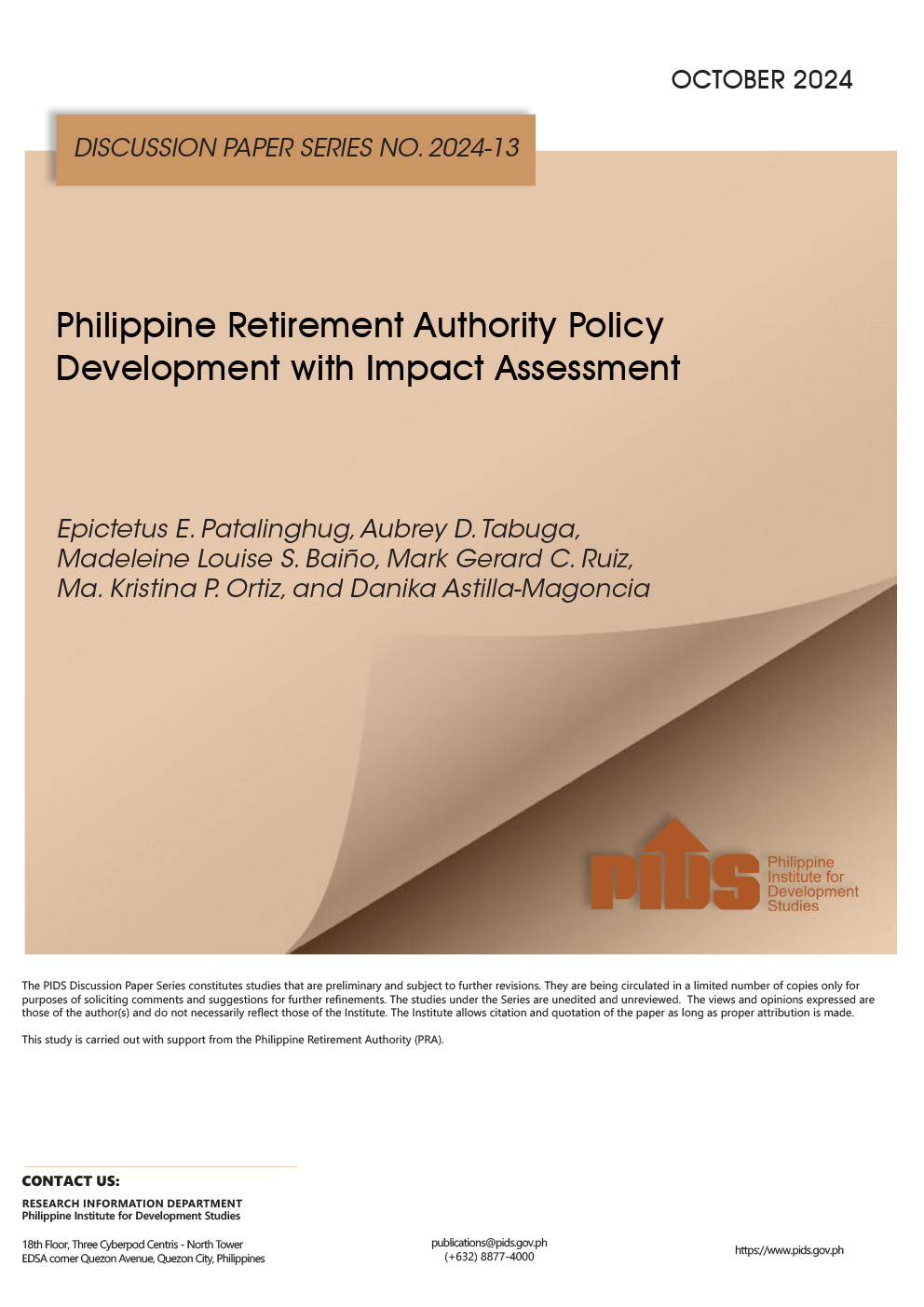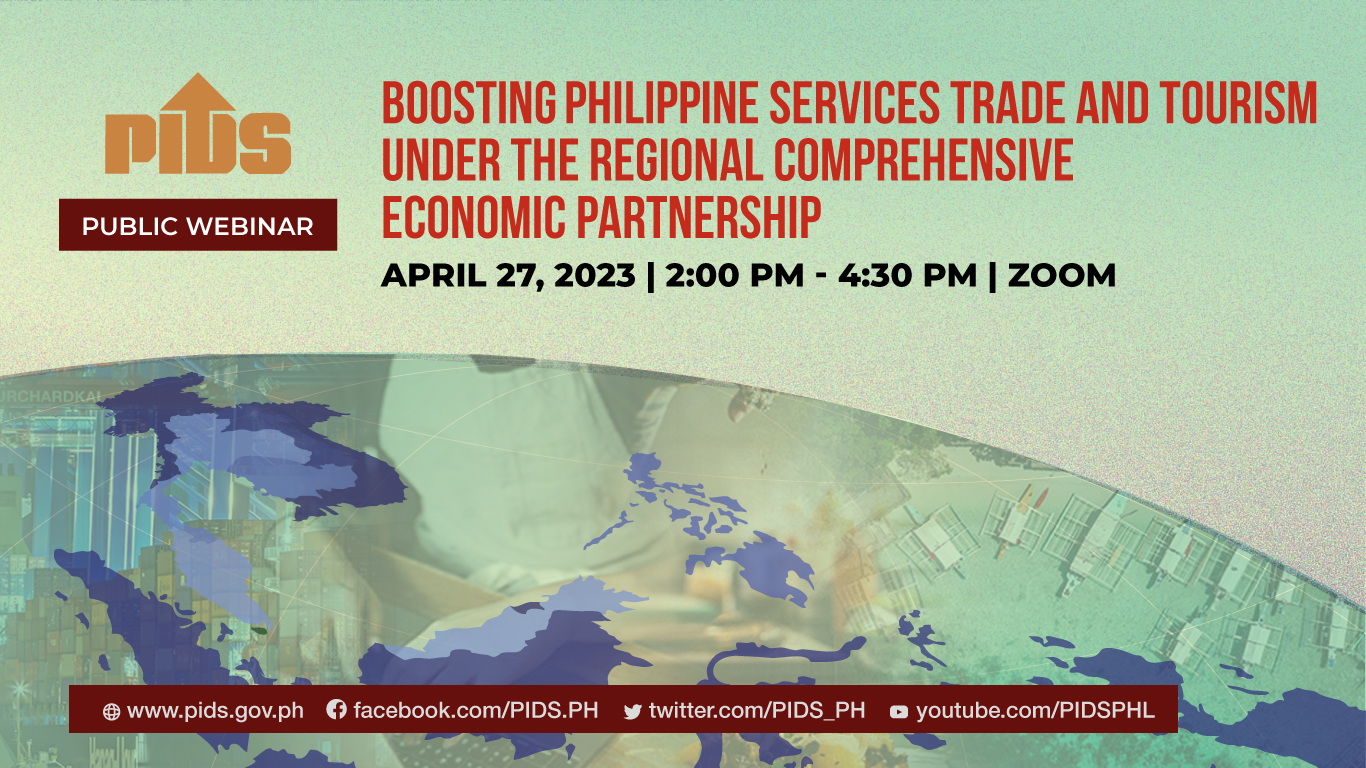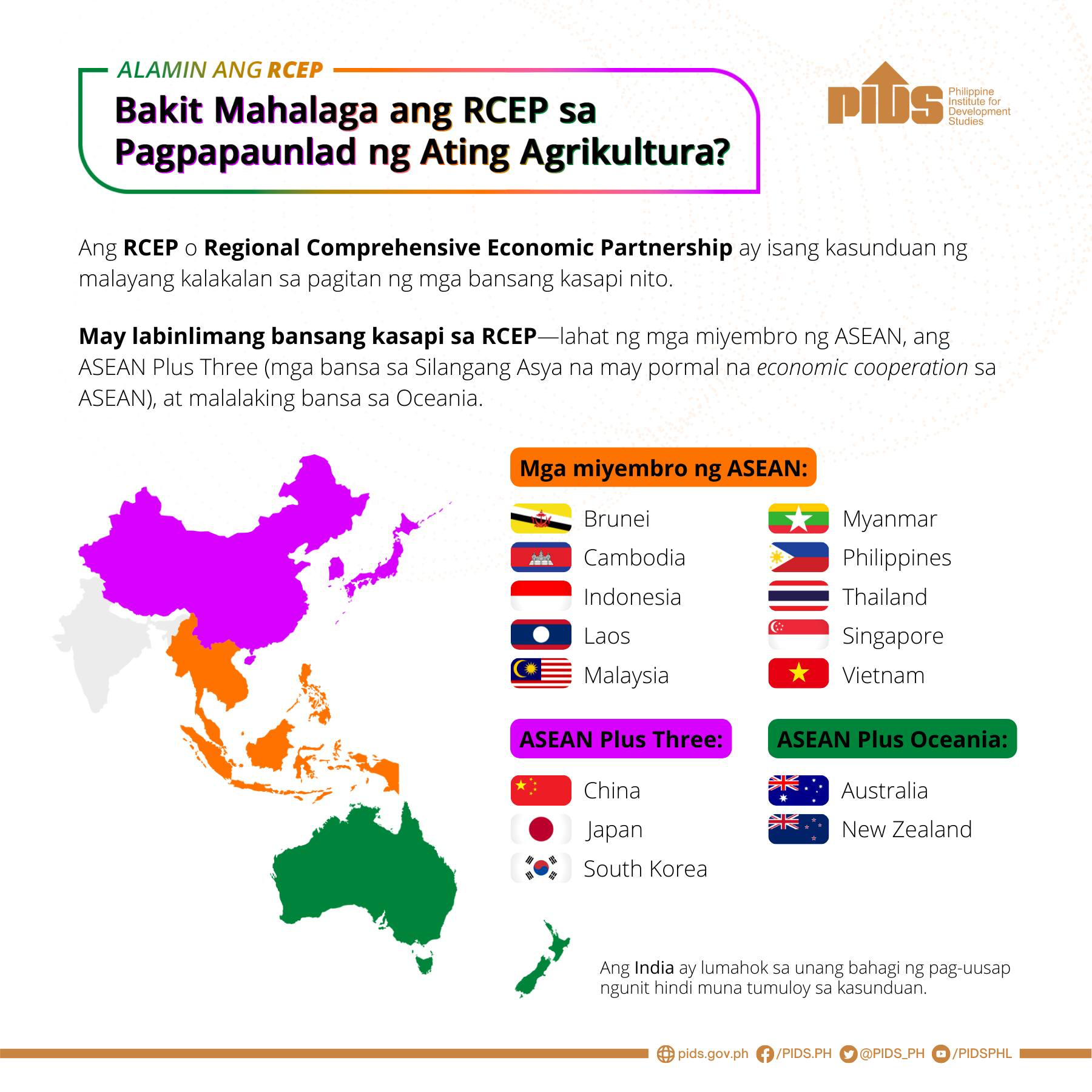Closing the gap in the infrastructure sector is crucial for the 10 member countries of the Association of Southeast Asian Nations (Asean) as they move to achieve greater national connectivity and regional integration.
Based on estimates by the United Nations Conference for Trade and Development, Asean would need at least $110 billion in infrastructure investment every year through 2025.
Lack of infrastructure is among the barriers in sustaining the free flow of goods in the region, according to international experts speaking at the public symposium on Asean Economic Integration and Nation Building recently held by the Philippine Institute for Development Studies (PIDS) and the Economic Research Institute for Asean and East Asia.
In building seamless interconnectivity among Asean nations, it is important to invest in infrastructure such as transportation and telecommunications,” said Dr. Ruth Banomyong, center for logistics research director of Thammasat University.
For his part, Dr. Epictetus Patalinghug, professor emeritus of economics and finance at the University of the Philippines, emphasized the significance of infrastructure development in Asean integration.
Infrastructure investment creates a return of 5 percent to 25 percent globally,” Patalinghug said during the symposium. He added that 7 to 10 percent of an economy’s overall productivity is affected by physical connectivity associated with infrastructure affects.
Asean countries have varying infrastructure development in terms of quality, magnitude and coverage. Some nations have good quality investments, while others have underinvested in infrastructure, the 2015 Asean Investment Report showed.
Of the $110 billion needed for infrastructure investment, half or $55 billion covered transportation, which includes roads, rail, ports and airports.
Required investments for electricity infrastructure, which is comprised of generation, transmission and distribution, are estimated at $38 million. Investment needs for telecommunications and water and sanitation are estimated at $9.2 billion and $7.8 billion, respectively.
Private sector participation
It is possible to meet this investment need from resources held by the private sector.
Although public finances are central and fundamental, the private sector, including foreign and commercial banks, international development financial institutions such as the Asian Development Bank and the World Bank, and multinational enterprises, must play a pivotal role.
Other specialized funds that can be tapped for investment are the China-Asean Investment Cooperation Fund, Asean Infrastructure Fund managed by the ADB and the Asian Infrastructure Investment Bank.
Over the next several years, Asean is expected to invest more as member countries commit to increase the quality of their infrastructure and as they embark on ambitious infrastructure programs.
In the Philippines, under the “Build, Build, Build” initiative of the administration of President Duterte, over P8 trillion will be spent from 2016 to 2022—thus increasing the share of infrastructure spending to the country’s gross domestic product (GDP) to 7.4 percent in 2022, from 5.3 percent this year.
Improved productivity
Apart from its important part in the region’s integration, infrastructure’s role in the economic, social as well as environmental development have been discussed in numerous studies.
Better infrastructure can positively affect income and poverty levels in countries in the Greater Mekong Subregion, with these countries likely to experience an increase in GDP between 1.1 percent and 8.3 percent, one study found.
In Metro Manila, traffic congestion costs P2.4 billion a day according to a 2014 study of Japan International Cooperation Agency and this could balloon to P6 billion a day by 2030 should the government fail to address the problem.
Experiences of other regions and countries, meanwhile, indicate that increased infrastructure investment could generate more jobs and improve productivity.
Based on estimates by the United Nations Conference for Trade and Development, Asean would need at least $110 billion in infrastructure investment every year through 2025.
Lack of infrastructure is among the barriers in sustaining the free flow of goods in the region, according to international experts speaking at the public symposium on Asean Economic Integration and Nation Building recently held by the Philippine Institute for Development Studies (PIDS) and the Economic Research Institute for Asean and East Asia.
In building seamless interconnectivity among Asean nations, it is important to invest in infrastructure such as transportation and telecommunications,” said Dr. Ruth Banomyong, center for logistics research director of Thammasat University.
For his part, Dr. Epictetus Patalinghug, professor emeritus of economics and finance at the University of the Philippines, emphasized the significance of infrastructure development in Asean integration.
Infrastructure investment creates a return of 5 percent to 25 percent globally,” Patalinghug said during the symposium. He added that 7 to 10 percent of an economy’s overall productivity is affected by physical connectivity associated with infrastructure affects.
Asean countries have varying infrastructure development in terms of quality, magnitude and coverage. Some nations have good quality investments, while others have underinvested in infrastructure, the 2015 Asean Investment Report showed.
Of the $110 billion needed for infrastructure investment, half or $55 billion covered transportation, which includes roads, rail, ports and airports.
Required investments for electricity infrastructure, which is comprised of generation, transmission and distribution, are estimated at $38 million. Investment needs for telecommunications and water and sanitation are estimated at $9.2 billion and $7.8 billion, respectively.
Private sector participation
It is possible to meet this investment need from resources held by the private sector.
Although public finances are central and fundamental, the private sector, including foreign and commercial banks, international development financial institutions such as the Asian Development Bank and the World Bank, and multinational enterprises, must play a pivotal role.
Other specialized funds that can be tapped for investment are the China-Asean Investment Cooperation Fund, Asean Infrastructure Fund managed by the ADB and the Asian Infrastructure Investment Bank.
Over the next several years, Asean is expected to invest more as member countries commit to increase the quality of their infrastructure and as they embark on ambitious infrastructure programs.
In the Philippines, under the “Build, Build, Build” initiative of the administration of President Duterte, over P8 trillion will be spent from 2016 to 2022—thus increasing the share of infrastructure spending to the country’s gross domestic product (GDP) to 7.4 percent in 2022, from 5.3 percent this year.
Improved productivity
Apart from its important part in the region’s integration, infrastructure’s role in the economic, social as well as environmental development have been discussed in numerous studies.
Better infrastructure can positively affect income and poverty levels in countries in the Greater Mekong Subregion, with these countries likely to experience an increase in GDP between 1.1 percent and 8.3 percent, one study found.
In Metro Manila, traffic congestion costs P2.4 billion a day according to a 2014 study of Japan International Cooperation Agency and this could balloon to P6 billion a day by 2030 should the government fail to address the problem.
Experiences of other regions and countries, meanwhile, indicate that increased infrastructure investment could generate more jobs and improve productivity.












